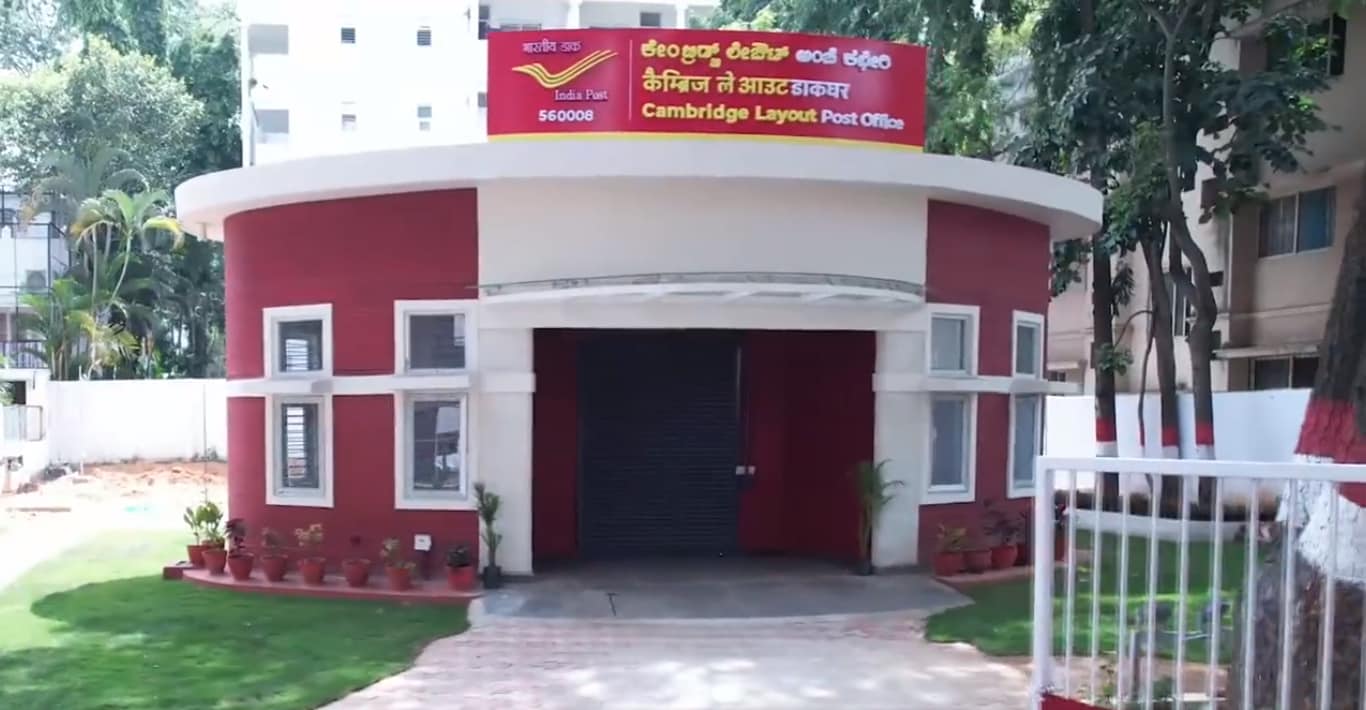In a step towards revolutionising construction and bolstering affordable housing initiatives, Larsen & Toubro (L&T) has completed India’s first public building utilising cutting-edge 3D printing. The post office in Bengaluru was inaugurated by Communication Minister Ashwini Vaishnaw on Friday.
The spirit of Aatmanirbhar Bharat!
????????India’s first 3D printed Post Office.????Cambridge Layout, Bengaluru pic.twitter.com/57FQFQZZ1b
— Ashwini Vaishnaw (@AshwiniVaishnaw) August 18, 2023
This comes two years after the inaugural 3D-printed house was unveiled at the Indian Institute of Technology (IIT) Madras. This new venture showcases the potential of this innovative approach in shaping the future of construction.
3D printing technology
3D printing technology, also known as Additive Manufacturing (AM), involves the computer-controlled layering of materials to create intricate three-dimensional structures. While 3D printing has evolved significantly since its inception in the 1980s, its utilisation in various industries, including construction, has expanded rapidly.
3D printing in construction
3D printing in construction signifies a paradigm shift from conventional methods. Unlike the traditional brick-and-mortar approach, 3D printing employs a robotic arm that creates layers using a specialised concrete mixture. This mixture incorporates adhesives for rapid drying and enhanced functionality. An operator controls the system, feeding design data and regulating the speed at which the robotic arm extrudes the concrete mixture.
This technology facilitates the step-by-step creation of structures encompassing a diverse array of applications:
- Metal, concrete, or polymer bridges
- On-site construction of entire buildings using concrete or clay
Referred to as ‘construction 3D printers,’ these systems can fabricate components or construct entire edifices.
L&T’s 3D-printed post office
The focal point of this endeavour is an expansive post office spanning 1,100 square feet. The construction process involves 3D-printing technology and is projected to cost approximately Rs 23 lakh, spanning 45 days. While this innovative approach accelerates construction by 30-40 per cent, the cost remains consistent with conventional projects.
MV Satish, Senior Executive Vice-President (Buildings) at Larsen & Toubro, told MoneyControl about the benefits of the 3D-printing system in April. Satish stated that the technology offered design freedom, customisation, and entirely digital control over the building process. It can seamlessly incorporate the placement of doors, windows, electrical outlets, and more, resulting in walls that are not only robust but six times stronger than those constructed using traditional materials.
Moreover, the technology allows for precise printing material, which minimises wastage. 3D printing can also accomplish the construction of buildings in a much shorter time frame. Apis Cor’s team made headlines when they 3D printed a house in Stupino, Russia, within 24 hours. This house was made using its mobile 3D printer. The concrete mixture used in construction can reportedly last for 175 years.
Efficiency and sustainability
The advantages of 3D printing in construction extend beyond just its strength. The technology can enable walls to regulate temperature, reducing energy consumption for heating or cooling.
Additionally, L&T’s chosen 3D-concrete printer employed 30 per cent fly ash as raw material, which aligns with the construction giant’s sustainability goals.
Moreover, the printer produces minimal noise compared to traditional construction methods, contributing to a more environmentally friendly and community-friendly approach.
Aside from this, 3D printing reduces waste during construction by using precise measurements for the material. According to the L&T release on the post office construction, the need for timber and aluminium was eliminated, and instead, supplementary materials were used that helped optimise CO2 emissions.
The shorter duration also ensures minimal disruptions to the environment and electrical consumption.
Manual labour and automation
While the 3D-printing process automates most construction tasks, some manual intervention is required for specific tasks. For the post office, 25-30 labourers were involved in the project, which was a significant reduction compared to conventional brick-and-mortar construction projects.
Challenges
Despite its numerous advantages, the technology does come with certain limitations. The 3D printer used by L&T can operate for 20-24 hours at a stretch but can only construct 1-1.5 meters of walls daily due to the need for layers to dry before continuing construction. This factor contributes to the overall construction timeline.
A Times Now report also pointed out a lack of recognition of the construction elements used by building standards. This could potentially pose a logistical issue. Moreover, while this form of new-age construction is promising, its long-term impact remains to be seen.
Cost efficiency and future prospects
L&T acknowledged that while individual projects might not yield immediate cost savings, considering a volume of projects could significantly reduce costs by approximately 20 per cent. Furthermore, the Indian government is actively working on establishing a standardised code for 3D-concrete printing, which could further streamline and advance the adoption of this innovative approach in construction.
This project’s success may open the door for further collaborations and transformative projects that pave the way for a new era in construction across India.
The construction company already has ongoing 3D printing projects, including residential and factory buildings.
Note:- (Not all news on the site expresses the point of view of the site, but we transmit this news automatically and translate it through programmatic technology on the site and not from a human editor. The content is auto-generated from a syndicated feed.))



